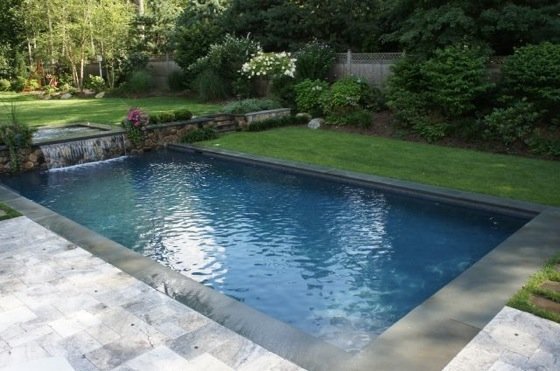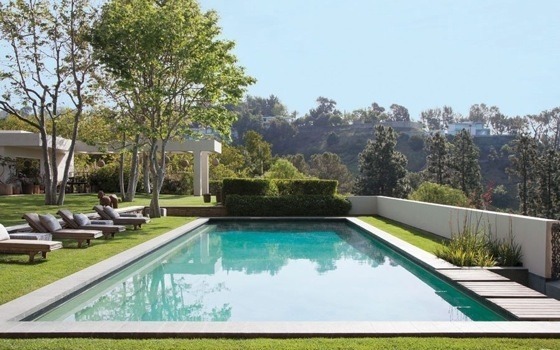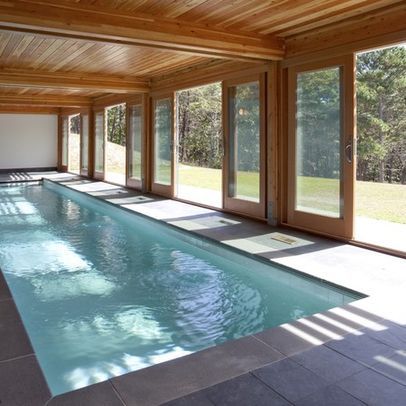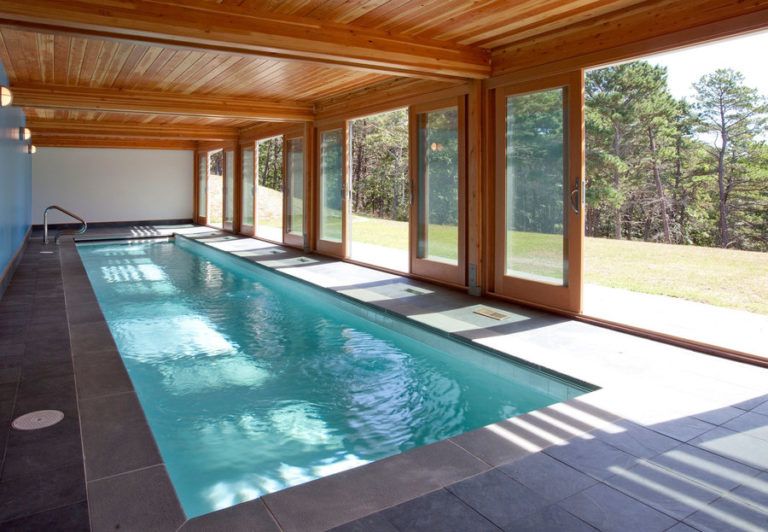More and more homebuyers are looking for properties with indoor pools because they are a luxury feature. Yes, there is a cost to a pool room but it also gives you the option to swim when snow covers the land outdoors. An indoor pool is not only a major investment, it also requires proper pool construction as the additive is often destroyed by corrosion, putrefaction and mold that eat up the pool walls and structures.
You can build any type of pool you want indoors, out of fiberglass, granite, or even vinyl. Depending on the size of the pool, it can vary from a simple space to a complex water park. You need to decide whether you want to add showers, sauna, steam room, or similar amenities to the room as well. Do you want to create a spa atmospheree or do you want to keep it simple?
Here is everything you need to know about building an indoor pool.
Pool construction and costs
The two main aspects to consider when deciding whether to install an indoor pool are when you should build the pool and the cost of the project. The best time to build an indoor pool is during the construction of the house. However, if you have already created it and later thought about adding it, you can too. Whether you want to build the pool at the same time as the house or later, it is advisable to ask an architect for help.
The majority of builders build indoor and outdoor pools the same way. The difference is that the exterior has deck slopes that face away from the pool to keep the debris away, and the interior has the slopes toward the pool to keep the water away from the walls.
When building, the designer can choose from a variety of materials, as the pool does not have to be at freezing point temperatures.
You may think that an indoor pool looks just like an outdoor pool, but it differs in the way it is built because it needs heating and ventilation to maintain the right level of humidity. You can expect to pay the same amount of air quality equipment that you pay to build the pool.
The pool can cost you $ 40,000 and up to millions of dollars Conveniences you want to add to the project.
Pool ventilation
Recently, the focus has been on air quality in indoor pools. You need to make sure the humidity is between 50 and 60 percent. Therefore, you definitely need to install a dehumidifying system. When choosing the dehumidification system, it is important to choose a system that will distribute the air evenly over the outside walls of the pool as it is important to prevent evaporation and condensation. In addition to ventilation, The pool still needs to be heated because you have to create a pleasant atmosphere in the cold season. The heating system also dries out the standing water and reduces evaporation.
To keep dehumidification at a reasonable level, you need to use an automatic pool cover. And don’t forget the ceiling drainage, which also contributes to the evaporation process and prevents puddles from forming. In order to keep the pool design in its best condition, it is advisable to opt for low profile hub drains.
What type of pool should you install indoors?
As mentioned there are several types of indoor poolsHowever, the most common versions are vinyl liner, concrete and fiberglass. When it comes to the speed of installation when you are in a hurry, opting for fiber optic is a good idea. The pool cover is installed on a maximum of two days. This drastically shortens the overall construction time.
- When it comes to fiberglass pools, they are easy to maintain, have no abrasive surfaces, and can have built-in steps or seats. Because they have a gelcoat surface, they prevent the growth of algae and reduce the amount of chemicals required to treat the surface in order to maintain their properties. There is no need to resurface or replace the top of the pool, and you will not have to spend extra money on pool overhaul in the future. It is one of the preferred options for people as it offers the ability to play with the color of the finish and allows you to add water features, pool walls and pool lights.
- The pools of the vinyl lines are also a top choice as they have a low initial cost. You have the option to adjust it to the depth, width and length that you prefer. Similar to fiberglass, the vinyl pool feels smooth because it is made of a non-abrasive material. You won’t have any algae problems as it is made from a non-porous material that inhibits plant growth. The downside to this pool is the lifetime cost; You have to invest in restoring every 5 to years.
- Concrete pools make it possible for you Build the room as big as you wantespecially if you include it in the design of the home from the start. You also have the option to choose the design features you want. You can go for tan bars, beach entries, and any other addition you can think of. Most luxury homes have concrete indoor pools as they can be designed like a work of art and integrated into the landscape of the property. However, all of these benefits come with a price. The concrete pools require extensive maintenance, chemical use and longer installation time compared to the other options.
 TopsDecor.com Home Decor Ideas
TopsDecor.com Home Decor Ideas







